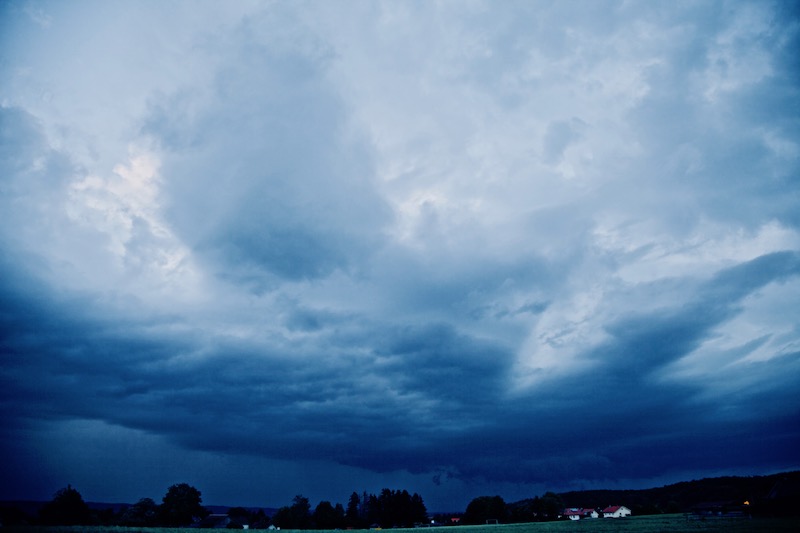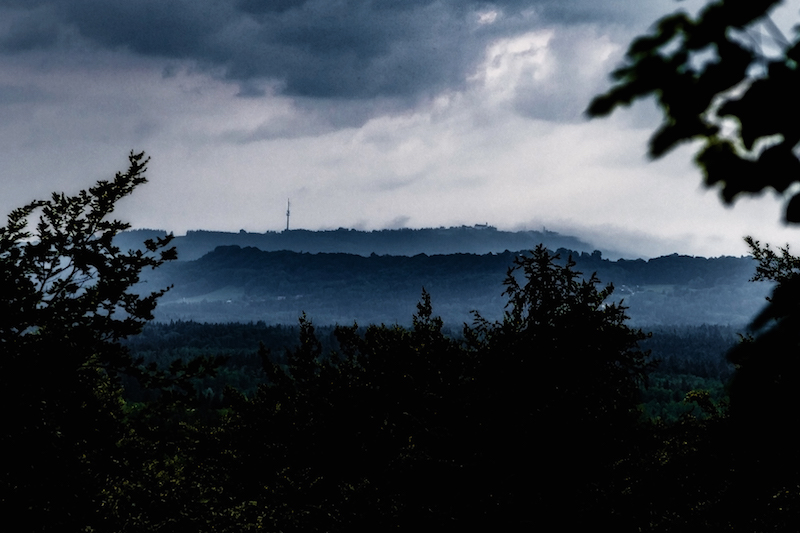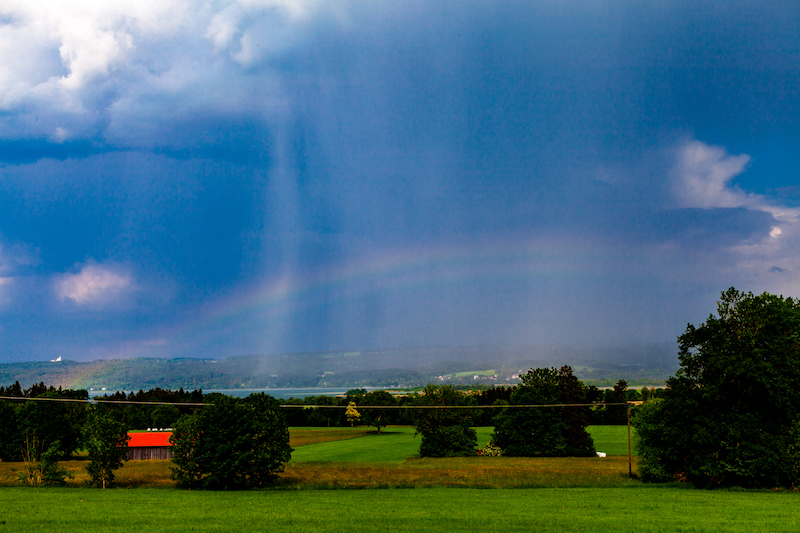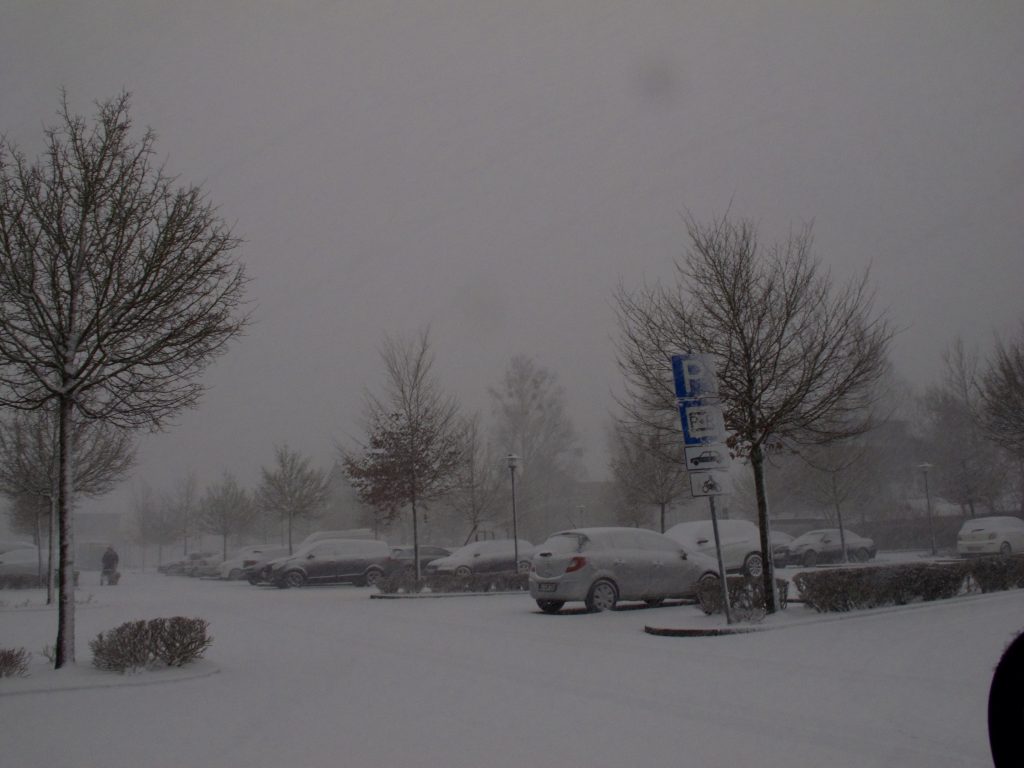THUNDERSTORMS AT DUSK
Photo Tip: Showers and Thunderstorms shortly before sunset
What is the best time to catch the most dramatic sceneries in the sky? It is, of course, the early morning light or when it is getting dark. In Europe, it is often in May or in August when there are opportunities to catch dramatic thunderstorm clouds in the late
Taking pictures around sunset with fast moving clouds however are always a challenge. The light conditions change quickly. If possible choose raw mode since there are more opportunities to improve material later. A tripod or putting the camera in a stable position is also important. Furthermore a remote Release/timer can be a very useful tool in these situations.
A couple of lightning storms in August
Early August 2018 offered some possibilities to capture thunderstorm and shower clouds in the early evening. The strange summer with the headline provoking heatwave and the drought continued in many parts of Europe. There was still no longer lasting rain. In Bavaria

August 9 there was severe weather in Germany. The storm cell above arrived around sunset and this is the backside of the storm. There was little time left to take pictures since the daylight faded away.
Stock photography by Peter Engelmann at Alamy
A few days later huge clouds could be seen before sunset. In the west
Since conditions how the clouds are illuminated are changing sometimes quickly it is important to act very fast. Therefore it is good to wait at a view-point which is already familiar before sunset and not
For one evening there was already an autumn air. It was a bit colder and the scenery with the low hanging dark clouds created that impression. This is not unusual in Middle Europe in Mid-August. But this year’s extreme weather conditions led to a quick return to typical hot summer weather. The drought meanwhile is causing dramatic damage. More and more researchers say that 2018 is an extreme never seen before.
Filming clouds and thunderstorms during sunset: There is a particular challenge when doing videos. If possible shut down all automatic functions and set speed, aperture, ISO manually, since the camera will automatically adjust to changing light conditions and causing unwelcomed “jumps”(video getting suddenly brighter). Videos are a lot of try and error since no weather situation
























